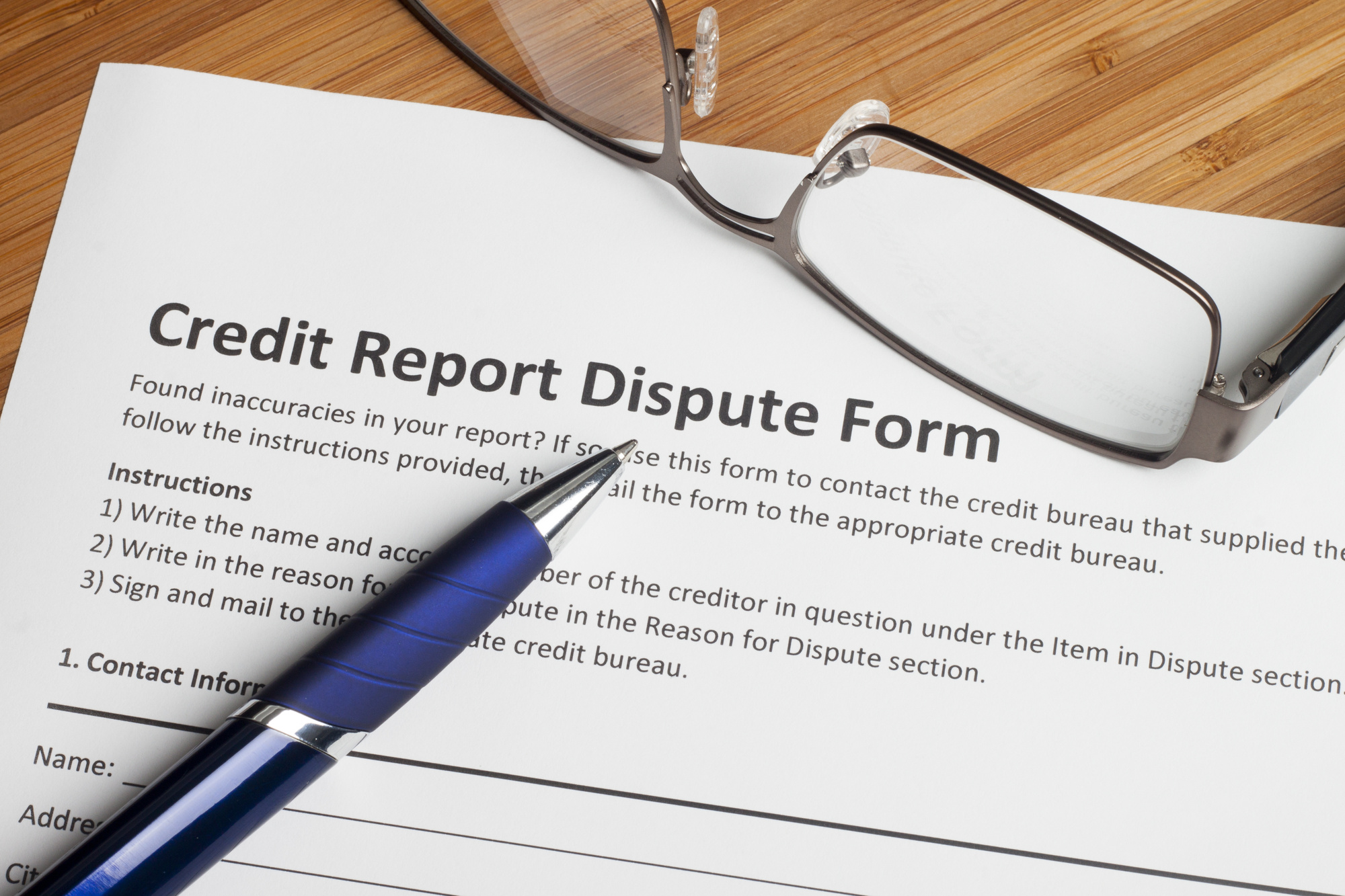Establish Your Business: What You NEED to Know About Getting a Commercial Loan

If you look at most of the reasons that businesses fail in the first few years, you’ll find they often have to do with mismanaged money. If you’re looking to get a commercial loan for dedicated office space for your business, you have to be smart.
More businesses are going office-less, so if you’re going to swim upstream, you need a pretty good reason for it.
Here are four things you need to know before you get a commercial loan.
1. Don’t Bite off More Than You Can Chew
It’s vital when you’re applying for a commercial loan for your business that you’re not committing to something that’s way too large for you. If you’re moving from a home office into a new space, you don’t need to go for 10,000 square feet unless you’ve also got an investor.
In most cases, your move to a new commercial is going to connect to a growth spurt that might not last forever.
Lots of landlords avoid small businesses or new tenants because there are so many small businesses that come and go. However, if you’ve got a proven business model that works, you can show that this space is perfect for you.
Keep things economical at first and stay small until you really need to grow.
Buying into a large space is going to eat up your costs quickly. If you’re also paying for utilities at that space, you’re going to have to consider all the additional costs that come with it. The heat, electricity, and maintenance fees only go up as you take on more space with your business.
Smaller is better for most small businesses. Going too big too fast is a common and often fatal mistake for a small business.
2. Think About Timing
Along with that smaller space issue, you should think about only getting a lease that’s as long as you need it. While you might get a deal on a 10-year lease, a one or two-year lease is more vital to you when you’re first starting out.
If you’re tied to a lease and your business tanks, you’re going to go bankrupt.
It’s no better to grow beyond your control and end up in a place that’s too small. Having a space that’s too small for your business is going to end up leaving you stuck waiting until a lease is up to grow.
This is a terrible feeling as a business owner and will make you feel like you’re wasting your time.
When you’re dealing with a landlord that wants to be a part of your growth, they might bend their own policy to lower their leases from five or ten years down to two. If you can show that you’re a committed business owner with your eyes on the prize, they’ll help you get what you’re looking for.
Businesses of every size are eschewing large offices for workforces that are dispersed and working from home. People with commercial spaces need to be flexible to survive, so keep this in mind when you’re looking for space.
3. Everything in Life is Negotiable
While you might think the landlord has all the power when it comes to leases, you’re not totally powerless. Leases are as negotiable as anything else.
The number on your lease or the condition that the place is in are all up for discussion.
If a landlord wants to rent out a space that clearly needs some repairs, you could offer to do that in order to get a lower rent. If you’re in an industry where it makes sense to be handy around a building, you could convince them that you deserve to pay less in exchange.
Improvement dollars can last much longer than what a landlord gets in rent when a building gets appraised later on.
When you know that there are other, better spaces in a building, you don’t have to pay as much as the tenants in those spaces. You should feel comfortable asking for what you think space is worth.
Most landlords try to add annual increases that go as high as 10% a year, so make sure you negotiate that. It should state clearly in your contract that you’re only willing to pay a certain amount per year. This keeps you able to build your business easily without worrying about outpacing inflation.
Once you have a set price, you can get a better loan.
4. Don’t Take Out More Than Necessary
If you’ve worked hard to keep all the costs down, don’t go and blow all of your work by taking out more than you need. Loans for small businesses should go through a federal program if possible.
This ensures you won’t get taken for a ride on fees and interest.
Above all else, only take out what you need, not what you think you could pay back. When you take out based on how much you assume you could pay, you always inevitably spend more.
When you focus on money to be made versus what the bare minimum number is, you’ll estimate more loosely and end up in debt.
When speaking with a lending institution, having a grounded figure in mind will win them over to believe you know what you’re doing. When you have a figure that reflects how much it really costs to get s space you’re looking for, it shows you’re fiscally responsible.
This will please commercial lenders more than anything. Just ask the experts at Assets America, Inc to find out more.
A Commercial Loan is Easy To Get Into
While a commercial loan agreement is easy to get tangled up into, it’s not quite as easy to get out of. If you’re worried about the financial future of your business, loans might not be the right move.
You need to protect your assets before you promise them to anyone at a future date.
If you’re looking to get this business going with little money at all, check out our guide for more.





